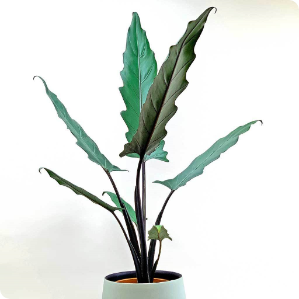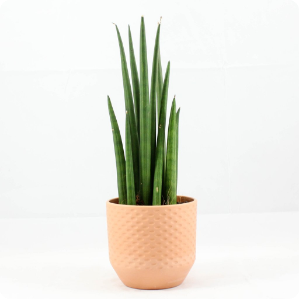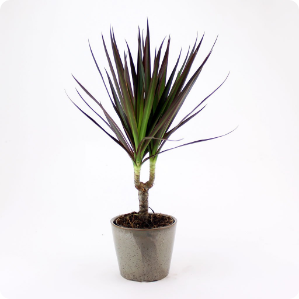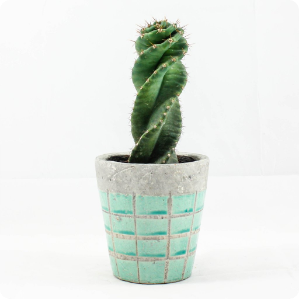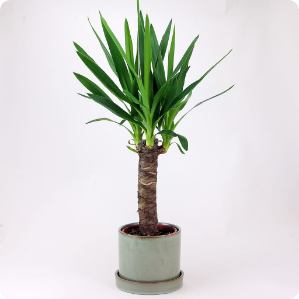
Brevifolia Engelm
The Brevifolia Engelm thrives in any soil but prefers a sandy loam and full exposure to the south. Plants are hardier when they are grown on poor sandy soils. Prefers a hot dry position, disliking heavy rain. Established plants are very drought resistant. The flowers of this species are malodorous. In the plants native environment, its flowers can only be pollinated by a certain species of moth. This moth cannot live in Britain and, if fruit and seed is required, hand pollination is necessary.
Sun Exposure: Full Sun
Hardiness: Hardy
Toxicity: EXTREMELY TOXIC
 Bees
Bees
 Birds
Birds
 Insects
Insects
